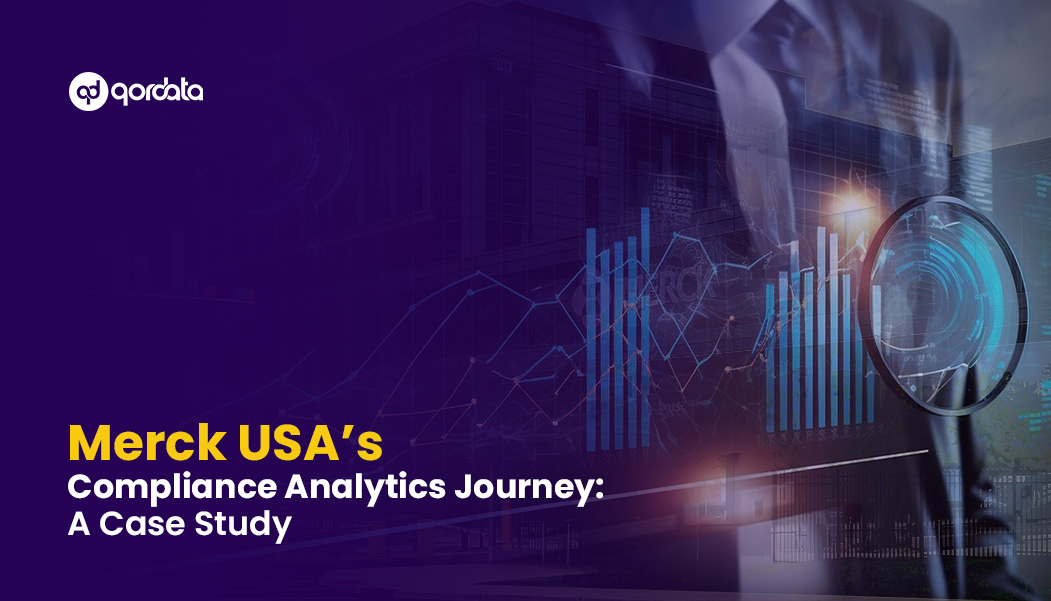Table of Contents
ToggleAs a compliance professional, you may have pondered upon crucial questions that shape the compliance fabric of your organization, such as:
-
Do the Key Opinion Leaders and researchers you pay also receive payments from other manufacturers?
-
Do you have insight into the amount you spend on meals compared to your competitors?
-
What’s the industry average spent on your physicians, and how does your spending data compare to it?
These questions are not just queries; they are essential to more effective compliance strategy/operations and compliant business operations. Interestingly, the answers to these questions lie within your organization’s spending data and how it stacks up against industry norms.
This is where comparative spending analysis steps in.
Comparative spending analysis is a strategic tool that can revolutionize compliance dynamics within your organization, and in this blog, we will define and explore the depths of comparative spending analysis.
We will cover how comparing spending data against industry benchmarks empowers compliance by augmenting compliance capabilities and programs and learn about the five key advantages of comparing your spend data with the industry data.
Understanding Comparative Spend Analysis
Comparative spending analysis involves a practical assessment of a life sciences organization’s spend data with industry standards and data.
For compliance professionals, this means looking at how much the company spends and on what and then comparing this data with their organization’s data. This approach is crucial for a couple of reasons.
Firstly, it provides a clear view of compliance performance by evaluating spending habits against industry benchmarks, ensuring alignment with ethical and regulatory standards.
Secondly, it helps pinpoint unusual spending patterns or outliers that require further investigation.
By understanding how their spending compares to industry norms, compliance professionals can create internal benchmarks, aiding in better resource allocation and fostering a culture of financial prudence and compliance.
In simpler terms, it’s about gauging how your spending stacks up against what’s expected in the industry to enhance compliance strategies effectively.
Here are five advantages of conducting spend comparison between your organization and the industry’s data.
1. Benchmarking Compliance Performance
Comparing spending data against industry data allows you to set internal benchmarks and compare your organization’s compliance performance.
Essentially, by studying industry data, compliance professionals get insights into the spending and develop internal benchmarks against which the company’s spending and compliance efforts are measured.
The approach contributes significantly to ensuring compliance by offering a clear picture of where the organization stands regarding spending and meeting regulatory standards.
Understanding further contributes to building compliance strategies by pinpointing areas of excellence and areas that may need improvements.
Identifying these comparative highs and lows enables targeted improvements, fostering a culture of continuous advancement in compliance practices – an aspect also termed the hallmark of an effective compliance program in the DOJ’s updated compliance guidance.
Key Outcome: Identifies areas where the company excels or lags compared to industry averages, enabling targeted improvements.
Drive actionable insights from your compliance data with Compliance Analytics
2. Identifying Trends and Patterns
Comparing spending data provides a window into an organization’s financial activities.
It uncovers spend trends and patterns that provide compliance professionals a deeper understanding of how funds are allocated and utilized, such as spending on a specific healthcare professional (HCP).
This understanding and other insights from industry data empower compliance professionals to make informed, data-driven decisions.
By recognizing patterns in spending, organizations can anticipate future financial behaviors and align compliance efforts accordingly.
It also aids in developing a clear understanding of the current compliance landscape, allowing proactive adjustments to compliance strategies ensuring they are up to date and aligned with evolving regulatory demands.
Key Outcome: Enables the organization to adjust its compliance strategies to align with prevailing industry trends while reducing compliance risks.
3. Enhancing Compliance Strategy
Comparing spending data against industry benchmarks provides compliance professionals with a data-driven lens to assess and enhance their organization’s compliance strategy.
It allows for a comprehensive assessment of where resources are being allocated and whether these allocations align with industry expectations and ensure risk mitigation.
This insightful comparison often reveals critical risk areas where the industry faces challenges in mitigating risks.
Compliance professionals can leverage such findings to augment compliance efforts in their organization by directing their focus toward areas prone to risks to reduce risks before they escalate to timely critical levels.
Key Outcome: Leads to more effective compliance programs tailored to the specific needs and challenges of the life sciences industry.
4. Risk Mitigation
Spending data is a vital tool for risk mitigation in life sciences compliance.
By scrutinizing spending data against industry benchmarks, compliance professionals can identify potential compliance risks unique to their organization.
This proactive approach enables them to assess if their organization faces risks that might not be prevalent at the industry level.
They can also gain foresight into emerging risks that the industry is experiencing, leading to the development of remediations beforehand.
Additionally, leveraging data for decision-making and risk identification provides a solid foundation for showcasing compliance efforts to regulatory authorities.
It exhibits alignment with applicable rules and regulations, demonstrating a commitment to compliance.
Ultimately, this approach fortifies the compliance framework and increases compliance maturity level to ensure an adaptive compliance posture that quickly adapts and evolves with changing rules and emerging risks.
Key Outcome: Enables proactive risk mitigation measures to prevent potential compliance violations and penalties.
5. Effective Decision Making
Understanding compliance spending trends and patterns at an industry level provides valuable insights, empowering compliance teams to make data-driven, informed decisions.
This comparative analysis goes beyond isolated data points; it transforms data into actionable business intelligence.
Compliance teams derive actionable insights, enabling them to make informed decisions strategically aligned with the compliance-specific objectives and the organization’s broader goals.
Furthermore, data-driven decision-making ensures compliance strategies stay agile, adaptable, and harmonized with the evolving regulatory landscape.
This equips the organization to meet compliance requirements, outpace competitors, and excel within the dynamic life sciences industry.
Key Outcome: Proactively aligning compliance strategies with industry dynamics, fostering compliance excellence, and exceeding regulatory standards through data-driven decision-making.
To Conclude
Comparing spending data in the life sciences industry isn’t just about numbers. It is about leveraging data to derive value and actionable insights to improve compliance.
It benchmarks compliance performance, hones compliance strategies, and ensures effective decision-making. It provides foresight to mitigate risks, showcasing commitment to compliance.
Leveraging a Compliance analytics solution is an even more effective way to compare your data with the industry’s data. With it, you can quickly identify spend data anomalies, including an unexpectedly high volume of payments made to a single physician or teaching hospital. These payments are above the pre-set company Fair Market Value rates and many other errors and outliers.
Most importantly, the same data can also create internal spending benchmarks. This includes:
-
Is the spend data being reported by your organization in line with that being reported by other similarly sized companies?
-
In case of a difference, can you present a business rationale for it?
-
Are specific HCPs or HCOs being paid significant amounts from within the industry?
-
Has your organization also indulged in many transactions with them?
-
If yes, why?
If you want to learn how qordata’s Compliance Analytics helps you uncover the aspects mentioned above and more, schedule a demo today.



